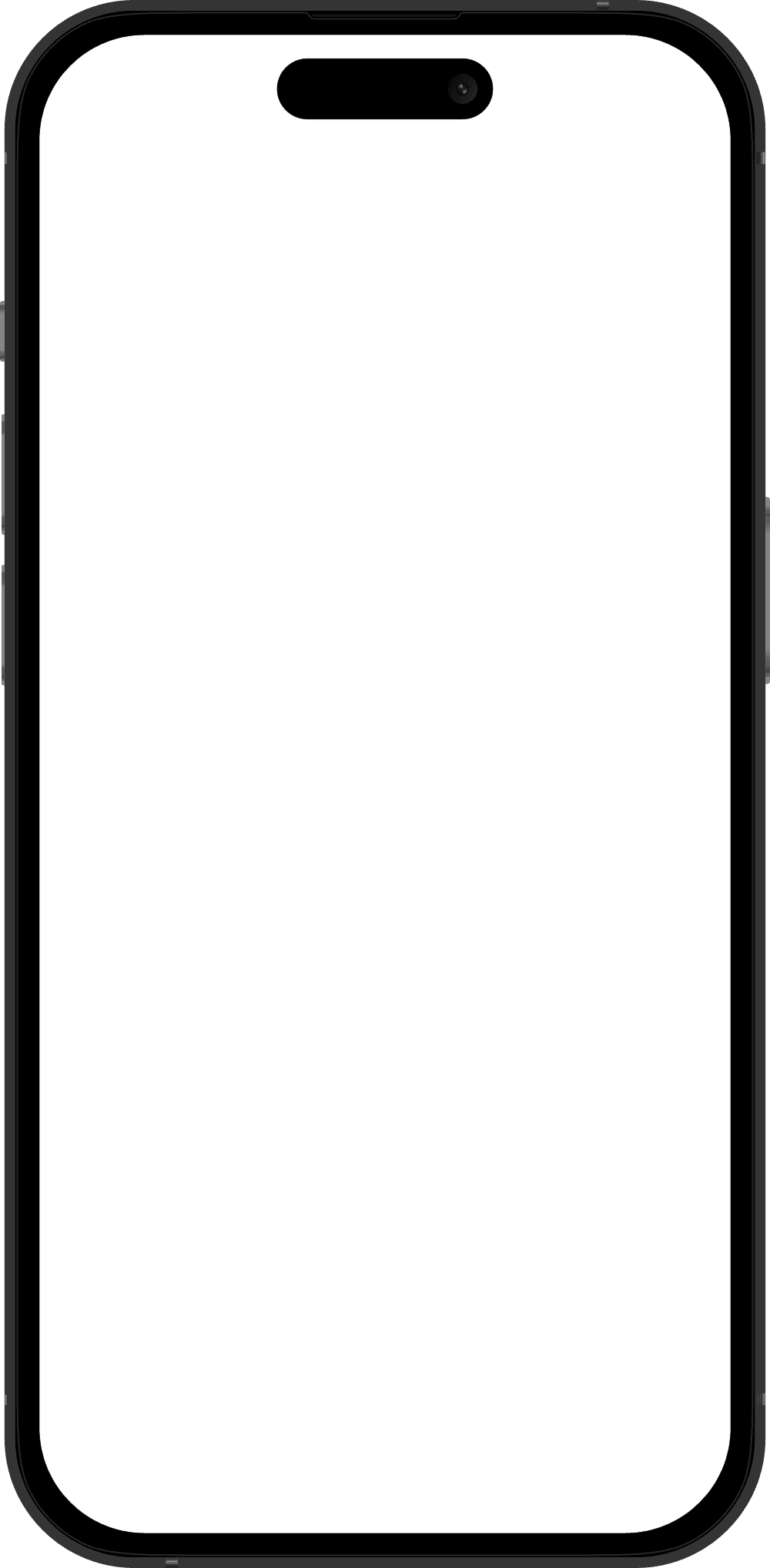TEAM
Time
2 weeks
My role
KEY SKILLS
Business Opportunity
Improving rider experience
With Waymo’s driverless service live and the AV market projected to reach $400B by 2030, I wanted to explore how the rider experience compares to human-driven rides—and how to improve it, leading to more bookings for Waymo.
*Disclaimer: This work was pursued as a personal project. I'm not affiliated with Waymo,
although I have enjoyed working with them in another capacity.
DESIGNS
Designing and Prototyping
I designed a new AI-powered feature, conducted multiple rounds of usability testing, and iteratively refined the designs based on user feedback.
Challenge
Design a feature driven by user needs and increase number of rides booked
This feature will improve the user's experience and in turn, generate more rides booked. Not knowing where to start I decided to incoporate both quantitative and qualitative methods of research to drill down to a single feature to design.
User research
I wanted to know what features were in the market, first
By conduction a competitive analysis, I found that autonomous vehicles had less features available than human-driver ones, and ride-sharing in Asia catered more towards rider accessibility, offering mobility assistance, car seats, and even package delivery.
*This analysis was conducted prior to Cruise shutting down
Then understand what the users wanted -
I incorporated mixed methods for user research with first opening it up to how riders used the apps and when, synthesizing the data with an affinity map. Then, narrowing it down to the most requested feature to design.
Infotainment Controls
Schedule-Ride-In-Advance
Voice AI Assistant
Open Ended
Not Reliable
Most users did not use this feature frequently because they've had bad experiences. Typically, the driver is a no show or cancels last minute.
Lack of Communication
It is not communicated how long the ride will wait. Even if the driver shows up, he or she leaves after a short wait.
IDEATION
With user pain points top of mind..
I made I designed the feature to perfection - making sure the communication of wait time is prominent and clear, the AI prompt notification for ease of booking, and notification reminders of their upcoming rides - both as a badge notification and as a banner.
Control over scheduling & Wait time communication
Badge notification on scheduled rides
AI prompted scheduling by integrating with calendar & banner notification of an upcoming ride
Replicating Waymo's design system
Style Guide
Brand Colors
Brand Logo
Type
Assets
TESTING
Refining Through User Feedback
Based on user feedback in wanting to have control of the pick up and drop off time, I crafted a screen with an easy one-click book button. As it turns out, users did not find that intuitive and preferred to have control over the scheduling. As a result, I followed regular design patterns and made it so that the time is already set on the optimal pick up time, all the user needs to do is click.
Before - One button schedule
After - Control over schedule, communication of wait time
IMPACT
Wait time was communicated successfully
+90%
Users are able to find upcoming rides
+100%
Users that will now use Waymo more frequently
8/10
Lessons
What I learned?
Users don't want to think
Initially, I thought my new pattern would be a home run, however, users opted for a pattern that was tried and true. Steve Krug of "Don't Make Me Think," was spot on. As designers, our goal is always be alleviating the cognitive load for users.
Future development
With the popularity of AI Agents, I want to explore a concept design on an assitant who plans your day based on your schedule, including scheduling of rides.



























